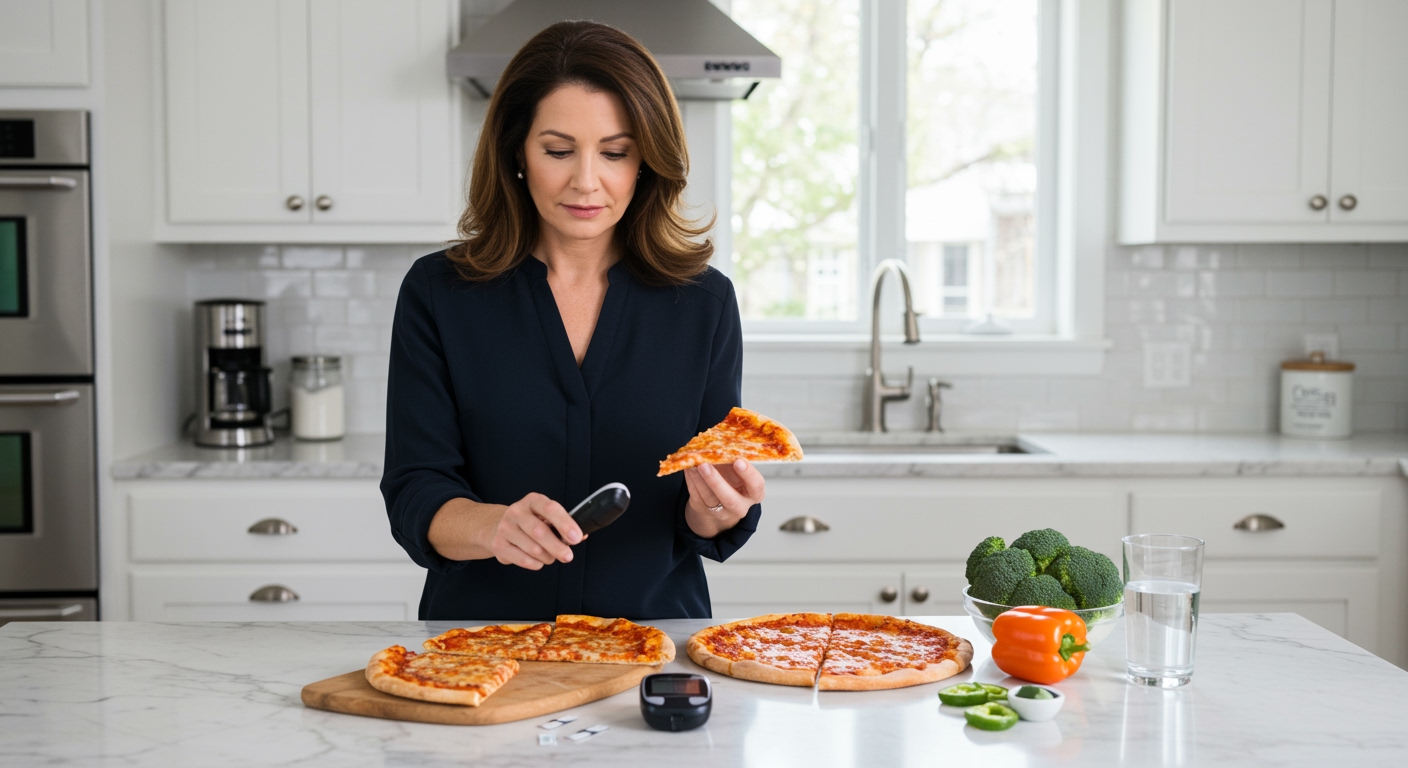✪ Key Takeaway: Banana peels contain fiber and antioxidants that may help stabilize blood sugar, but they require proper preparation and moderation.
Introduction
You throw away banana peels every day without thinking twice about their potential health benefits.
People with diabetes often wonder if unconventional food sources like banana peels could help manage their blood sugar levels naturally.
Hi, I’m Abdur, your nutrition coach and today I’m going to explain whether banana peels are actually beneficial for diabetes management and how you can use them safely.
What Makes Banana Peels Different From The Fruit?
Banana peels contain significantly different nutrients compared to the sweet fruit inside.
The peel has much higher fiber content and lower sugar levels than the banana flesh.
Research shows that banana peels contain antioxidants like lutein and other compounds that may help reduce inflammation in your body.
The fiber in banana peels is mostly insoluble fiber, which moves slowly through your digestive system.
This type of fiber helps slow down the absorption of sugars from other foods you eat at the same meal.
The pectin content in banana peels also contributes to better blood sugar control by creating a gel-like substance in your stomach.
✪ Fact: Banana peels contain about 40% more fiber than the fruit itself.
How Do Banana Peels Affect Blood Sugar Levels?
The high fiber content in banana peels can help slow down glucose absorption in your small intestine.
When you eat foods with soluble fiber, it forms a protective barrier around sugar molecules.
This barrier prevents rapid sugar spikes that typically occur after eating high-carbohydrate foods.
Studies suggest that the antioxidants in banana peels may help improve insulin sensitivity in your cells.
Better insulin sensitivity means your body can use glucose more effectively without requiring higher insulin levels.
The potassium content in banana peels also supports proper muscle and nerve function, which is important for people with diabetes.
However, banana peels still contain some natural sugars, so portion control remains essential for blood sugar management.
✪ Pro Tip: Always test your blood sugar before and after trying banana peels to see how your body responds.
Are There Any Risks With Eating Banana Peels?
Banana peels can carry pesticide residues and bacteria from handling during transportation and storage.
You must wash banana peels thoroughly with running water and scrub them gently before consuming.
Some people experience digestive discomfort when they first start eating banana peels due to the high fiber content.
The tough texture of raw banana peels can be difficult to digest and may cause stomach upset in sensitive individuals.
People taking diabetes medications should monitor their blood sugar closely when adding banana peels to their diet.
The additional fiber might enhance the effects of your diabetes medications, potentially causing blood sugar to drop too low.
Always consult your healthcare provider before making significant dietary changes if you have diabetes.
✪ Note: Start with small amounts of banana peel to assess your tolerance and blood sugar response.
What Is The Best Way To Prepare Banana Peels?
Cooking banana peels makes them easier to digest and reduces the risk of bacterial contamination.
You can boil banana peels for 10-15 minutes to soften their tough texture and make them more palatable.
Blending cooked banana peels into smoothies is one of the most practical ways to consume them.
Adding banana peels to soups or stews allows you to benefit from their nutrients without dealing with the fibrous texture.
Some people prefer to dry banana peels and grind them into a powder for easy mixing into foods.
Choose organic bananas whenever possible to minimize exposure to pesticides and chemicals.
Remove any brown or damaged parts of the peel before preparation to ensure food safety.
✪ Pro Tip: Mix banana peel powder with yogurt or oatmeal for a diabetes-friendly breakfast option.
How Much Banana Peel Should You Eat?
Start with small portions of about one-quarter of a banana peel per day to test your tolerance.
Most people can safely consume up to one whole banana peel daily without experiencing digestive issues.
The key is to increase your intake gradually over several weeks to allow your digestive system to adapt.
Monitor your blood sugar levels closely when you first add banana peels to your regular diet.
People with diabetes should aim for consistent timing when eating banana peels to maintain stable blood sugar patterns.
Consider eating banana peels with protein-rich foods to further slow down sugar absorption.
Remember that banana peels should complement, not replace, your established diabetes management plan.
✪ Fact: One banana peel contains approximately 3-4 grams of fiber and only 2-3 grams of natural sugars.
The Bottom Line
Banana peels can be a beneficial addition to a diabetes-friendly diet when prepared properly and consumed in moderation.
The best nutrition solutions are often hiding in plain sight, waiting for us to look beyond conventional wisdom.
I would love to hear about your experience with banana peels or any questions you might have about incorporating them into your diabetes management plan, so please share your thoughts in the comments below.
References
At NutritionCrown, we use quality and credible sources to ensure our content is accurate and trustworthy. Below are the sources referenced in creating this article:
- PubMed: Banana peel utilization for diabetic wound healing
- SugarFit: Is Raw Banana Good For Diabetes
- MedicineNet: Are Bananas Good for Diabetes
- Healthline: Bananas and Diabetes





